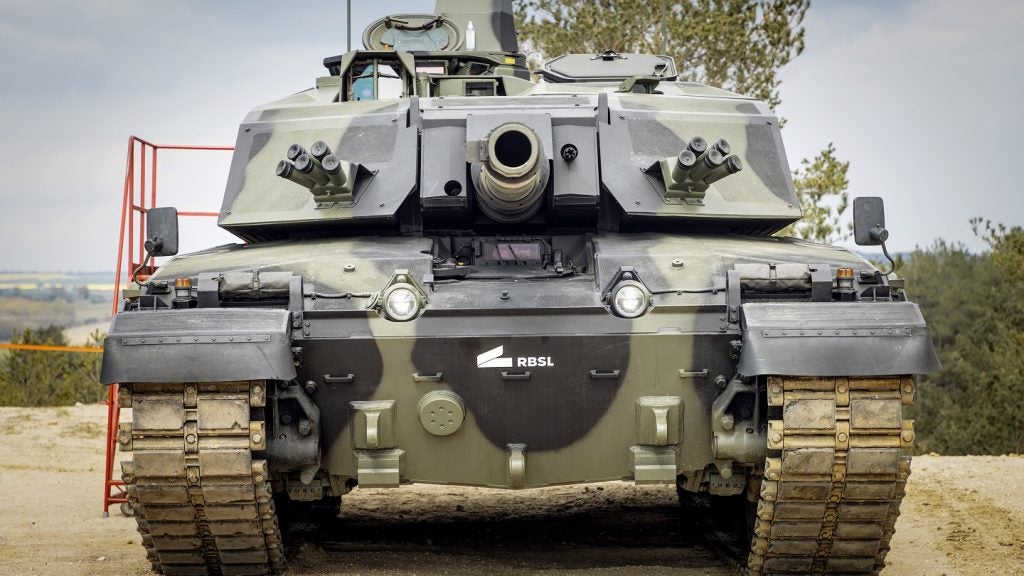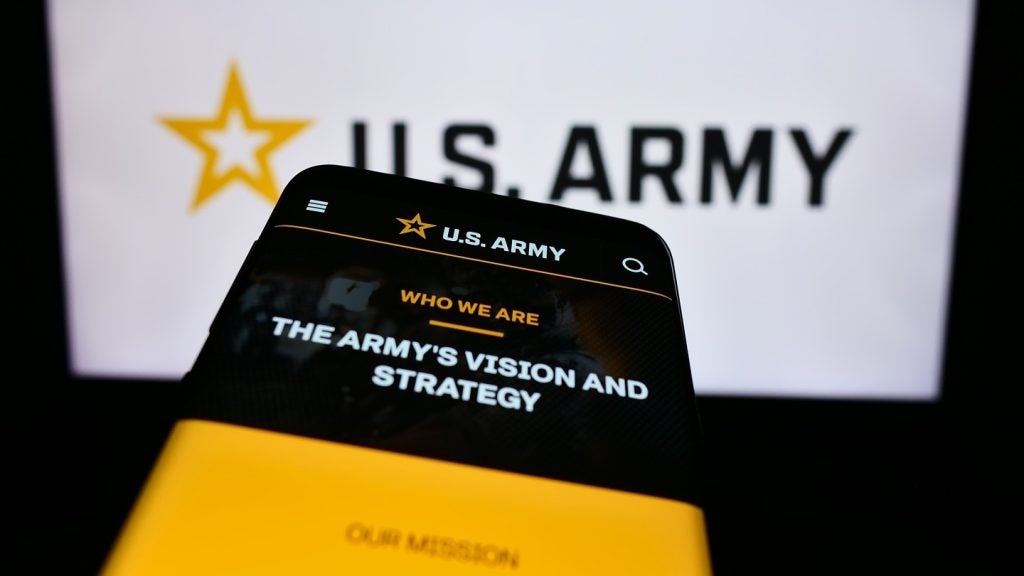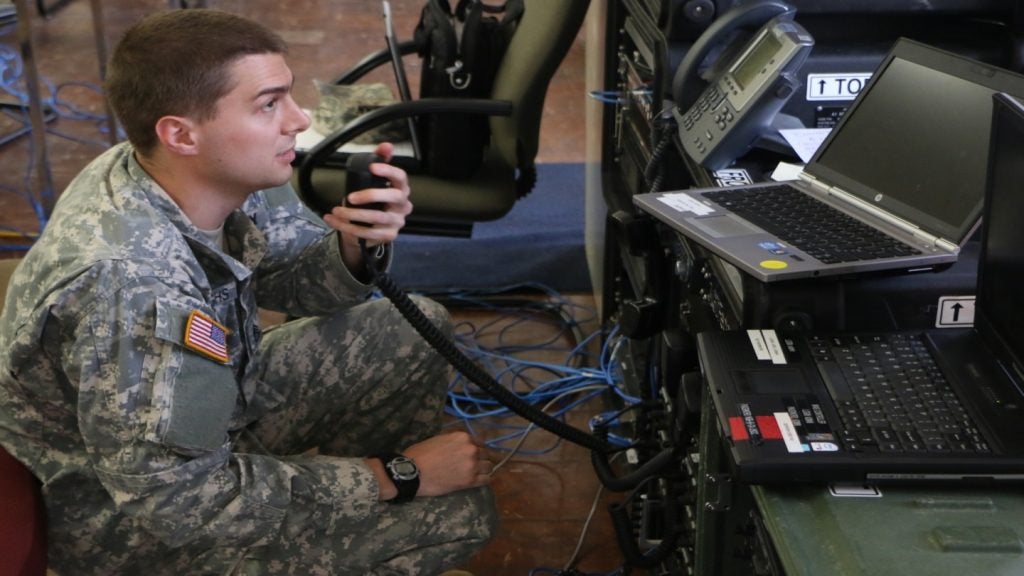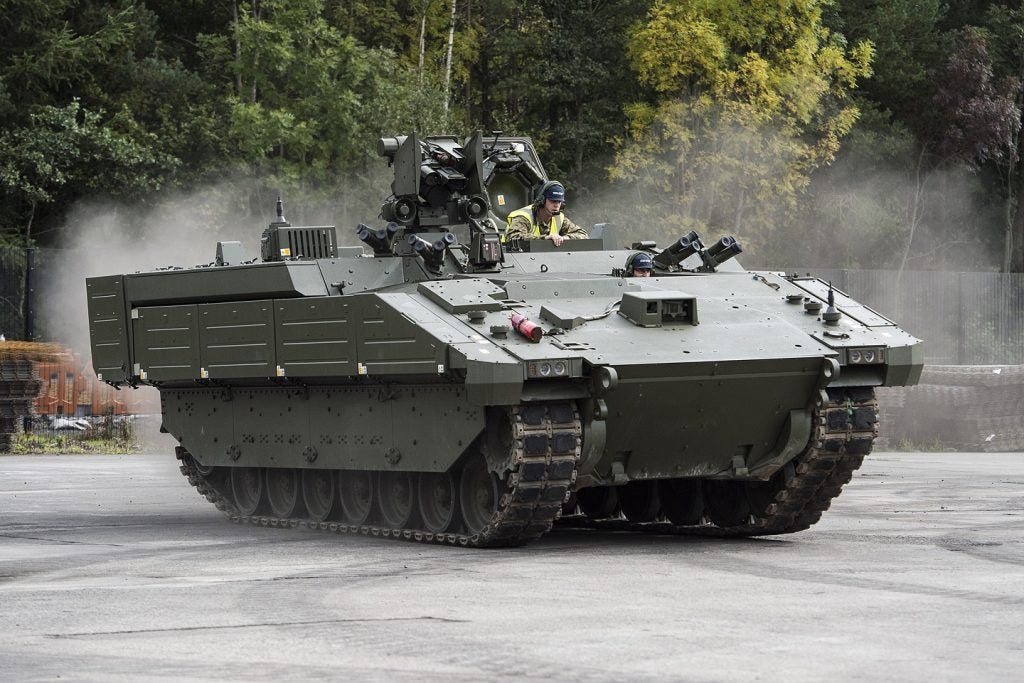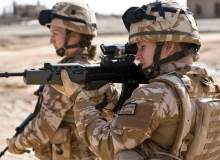

A review of women in combat roles began in May and was expected to report its finding by the end of the year. The original review date was set for 2018 but that was brought forward to 2014 by then defence secretary Philip Hammond. The UK wants to emulate the efforts of other countries, including the US, Canada, France and Israel, to integrate females into combat roles.
A similar review in 2010 rejected the idea concluding that unit cohesion in high-intensity, close-quarter battle could be affected. The 2010 review, however, pointed out that research carried out on ‘gender mixing’ in combat teams was still inconclusive and a decision to retain the ban was precautionary.
Current British Army guidelines say women are not allowed to join combat units like infantry battalions, Royal Marines Commando units, armoured tank regiments and the RAF Regiment – the Royal Air Force’s own infantry unit. Despite this, women still serve on the frontline in non-combat roles such as medics, intelligence specialists, drivers and signallers.
The vital role played by women in modern combat zones like Iraq and Afghanistan has led to increased calls for the centuries-old frontline ban to be finally lifted. Eight women lost their lives and countless more were injured in both conflicts. In 2008, 26-year-old Sarah Bryant, a corporal in the British Army’s Intelligence Corps, was the first woman to be killed in the Afghanistan conflict.
See Also:
Female soldiers have also been recognised for their gallantry and heroism during the last decade of conflict. In 2006, Private Michelle Norris was awarded the Military Cross for bravery after treating wounded infantry soldiers in Iraq while under sniper fire. She was the first-ever woman to receive the MC medal. Three years later, navy medic Kate Nesbitt was also awarded the MC for her heroic actions in Afghanistan.
How well do you really know your competitors?
Access the most comprehensive Company Profiles on the market, powered by GlobalData. Save hours of research. Gain competitive edge.

Thank you!
Your download email will arrive shortly
Not ready to buy yet? Download a free sample
We are confident about the unique quality of our Company Profiles. However, we want you to make the most beneficial decision for your business, so we offer a free sample that you can download by submitting the below form
By GlobalDataBody armour for infantry soldiers has become so specialised, purpose-designed protection is available for seemingly every individual body part.
Female soldiers have even made their way into popular culture, with the BBC recently airing a fictional drama called ‘Our Girl’ looking at the life of a female British Army medic and her deployment to Afghanistan.
Challenges of integrating women in combat units
If, as expected, the review does give women the green light to join frontline units there will still be several hurdles to overcome. First and foremost is fitness. Females would have to pass the same fitness tests as men, which are much more gruelling for frontline units compared with support units. Fitness standards for elite units like the Commandos or Parachute Regiment are even higher.
Are woman physically up to the challenge? In my experience of taking part in military fitness tests and exercises alongside women; some are, some aren’t. But that’s also the case for men. In order not to degrade combat effectiveness the army cannot lower fitness requirements – for men or women – to accommodate weaker candidates. That must be a key message when lifting the ban.
Another issue is how female soldiers will be housed both on bases at home and when serving overseas. The British Army currently has strict rules which separate male and female accommodation. A worry is that splitting up units in different accommodation blocks could affect unit cohesion and effectiveness. Infantry units would have to look at the lessons learnt by support units, where female integration already exists, to overcome these challenges.
In all likelihood, the number of women that will actually want to join combat units will be small. In the most inclusive service, the Royal Navy, over 70% of jobs are open to women but they only make up 9.4% of the service. The armed forces still has a ‘macho’ image and opening up combat roles to females is unlikely to change that anytime soon – but it could be a start and if it doesn’t affect the army’s capabilities then the question is; why not?
Follow Grant Turnbull on Google+


.gif)

